Hoping to improve on my personal finances I decided to write something dirty this month. Having written many times reflecting on problems associated with diesel combustion and it’s post combustion treatment failures. Also I recall referring to the close similarities with direct petrol injection principles .when dealing with our diesel car owners, a process of profiling is adopted, the purpose of which is to fully understand 3 key facts.
1 the servicing regime
2 the oil and fuel specifications used
3 the environmental impact
Understanding exactly how the vehicle is operated rather than a superficial focus on a time or mileage based servicing regime. An individual operating profile is established. We then progress to the repair assessment phase, and finally a solution.
I have also commented many times on how little repair opportunities rise from petrol powered vehicles, how things have changed. Why? In two words, emission regulation. Please don’t interpret that as a critic of emission control quite the opposite, the reason it’s failing is exactly the same for diesel as petrol systems. The Operating environment
1. Servicing specifications are entirely focused on new car ownership, company cars and leasing organisations. You will all have experienced filled for life lubrication, non-replaceable fuel filtration, and no sump plugs!
2. how the vehicle is operated , with no direct blame on the owners excepting those who are operating vehicles they cannot or will not operate or service correctly.
So what’s going wrong with direct petrol injection vehicles and more importantly why? Oil & fuel specifications together with our old friend carbon based deposits resulting from incomplete combustion, & oil based contamination. The absence of fuel directly delivered through the inlet tract encourages extensive contamination behind the inlet valve head. Injector related problems, and
Another old friend NOx regeneration issues.
How we treat them does however differ from diesel and is the focus of this topic. The future of fuel quality cannot be taken for granted, modified engines are required to operate on flexible fuelling strategies. It is highly likely an increase in ethanol % in petroleum will come, bringing with it greater demands on lubrication and shorter servicing intervals due to its difficult low temperature combustion properties. Lean burn technologies are also giving problems due to NOx and sulphur accumulator saturation. This forces the fuel strategies to operate a homogenous rich adaption in order to regenerate the accumulator. This leads to further valve and oil based contaminates.
This problem is not confined to low power low mileage vehicles, as a specialist independent vag tuning and repair centre we see more than our fair share of the top draw high performance variants.
The dirty story!
It’s the RS4 that forms our story on carbon contamination, having tried several directly applied liquid removal methods all of which were effective, however messy & very dirty. Reflecting on an old method adopted to similar problems with Mitsubishi gdi engines long ago, we now use polymer beads directly applied to to back of the inlet valves .
The obvious intrusion into the combustion space is not a problem however we do remove as much polymer as possible prior to reassembly. Careful examination of intake swirl flaps & egr valves with a thorough ASNU injector bench test is strongly recommended. Apart from the obvious flow and spray patterns, inductance is a vital function test as it will directly affect fuel delivery timing and quantity.
The engine is normally run using the original plugs and oil, adding a BG oil flush bringing the engine up to temperature prior to replacing the latter. The engine bay is carefully and toughly cleaned. REVO performance software is a usual bonus complimenting the return of power.
What of the symptoms? Often no DTC, S indicating a problem, transient throttle response accompanied with what I would rather call a combustion anomaly, than a misfire! A very important function of direct petrol injection is mixture formation. Fuel transportation variables include rail pressure, timing and split injection strategies, together with correct turbulence ensures full and complete combustion. The carbon fouling behind the inlet valves prevents correct mixture formation especially at light load, lean mixture ratios, and advanced ignition angles.
All of the terms and issues raised in this topic form part of our direct injection training.




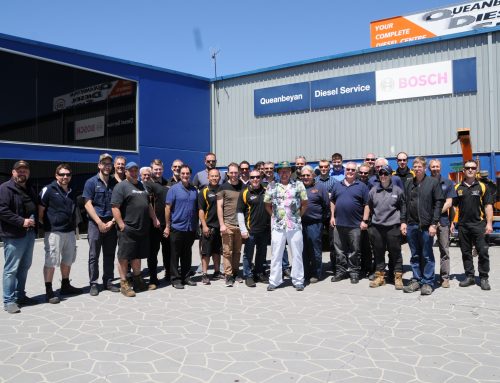
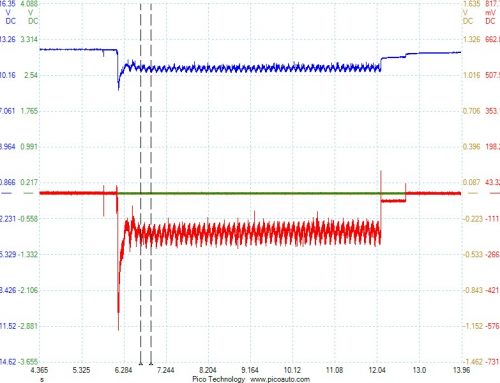
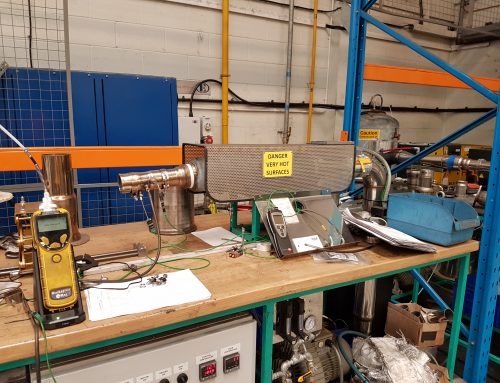
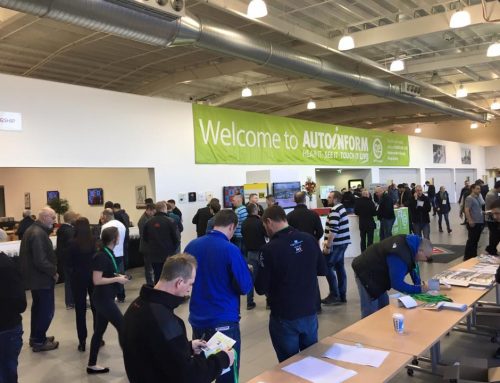
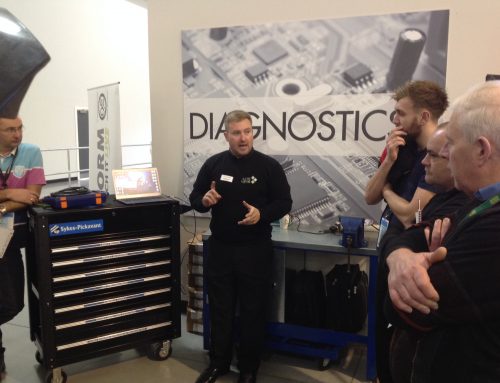
Leave A Comment